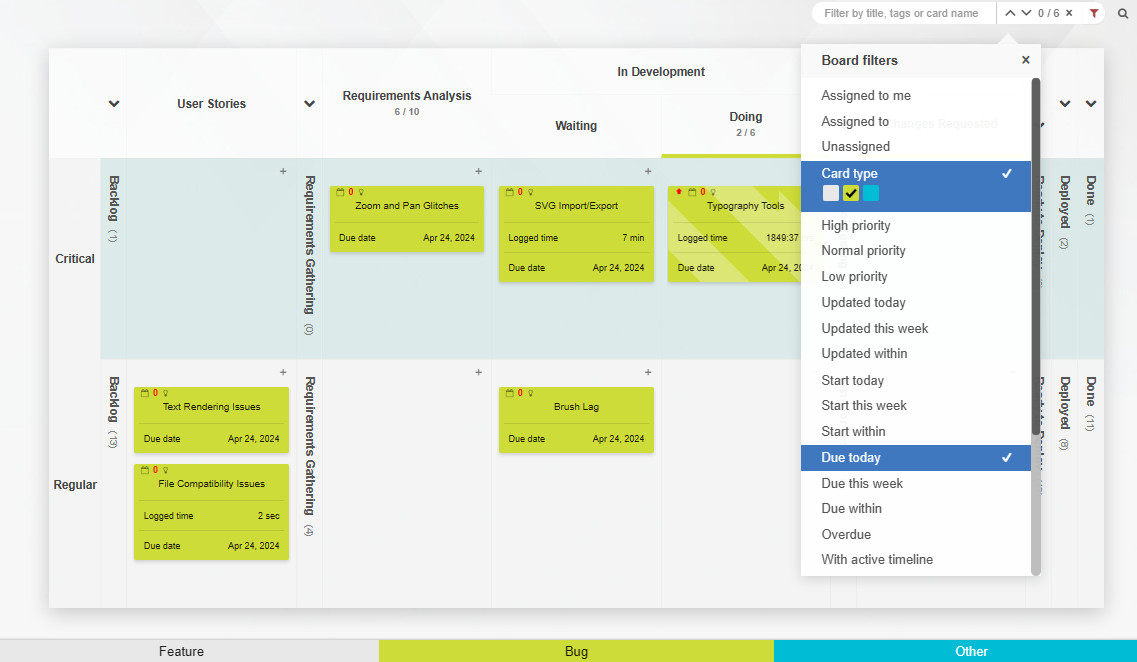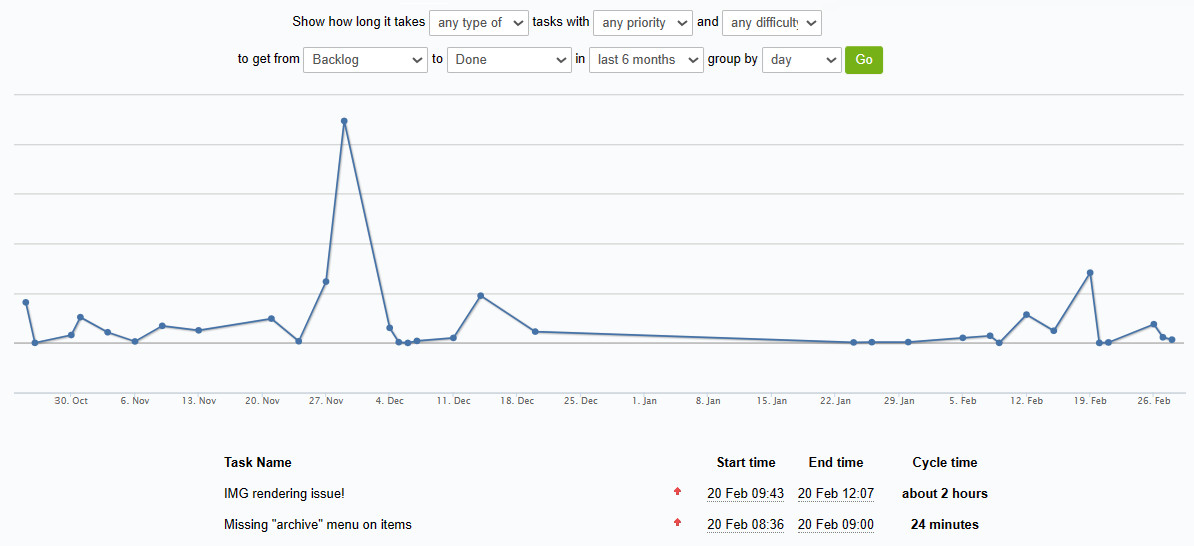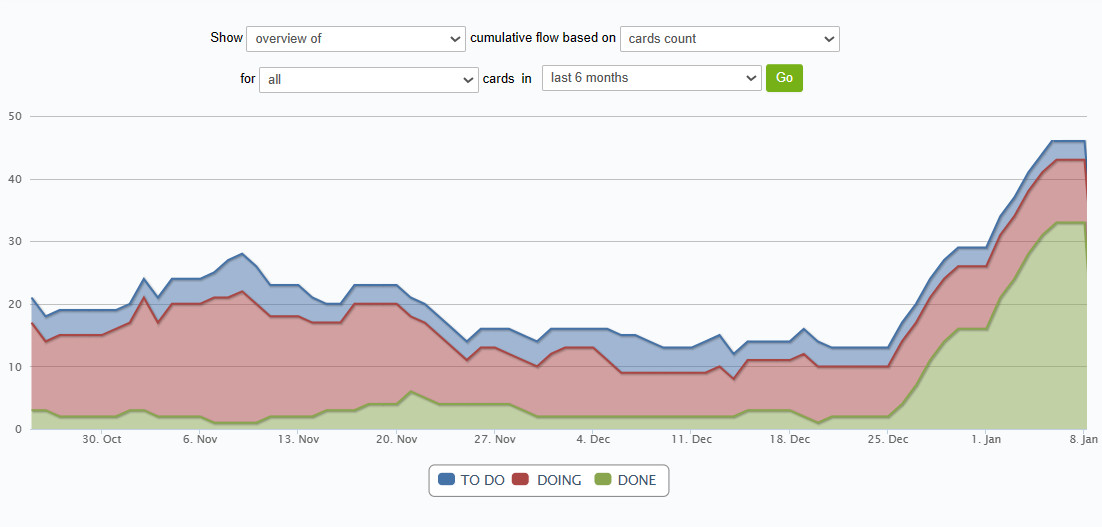Blog
Harnessing Kanban Feedback Loops for Continuous Process Excellence24 Apr 2024

Kanban, the visual system for managing work as it moves through a process, is best known for the visual clarity it brings with the sheer simplicity and work-in-progress limits, helping the team zero-in on the one task that matters right now. At the same time it helps to increase their task completion rates while facilitating quality improvement, thanks to the lack of multi-tasking. But moreover, Kanban can also work to monitor and enhance product or service quality through feedback loops. Let’s explore how!
What are feedback loops in the context of Kanban?
In the context of Kanban, feedback loops, sometimes called Kanban cadences, are essential initiators of continuous improvement in processes and operations. They facilitate enhanced productivity, adaptability, and agility within teams by enabling the ongoing exchange of feedback. Unlike traditional lengthy monthly meetings, Kanban feedback loops empower teams to promptly devise action plans, promoting quicker responses to identified improvement areas.
There are three primary varieties of Kanban feedback loops that your organization can adopt
Execution focus: It's a loop that centers on daily tasks and operations, aiming for efficiency. It usually happens as a short standup meeting, lasting around 15 minutes, keeping the participants informed and ready for the day ahead. Team members discuss progress, pinpointing areas that need sorting or improving, and ensure coherence in their objectives.

Process enhancement: This loop targets processes and workflows refinement and aims to increase effectiveness. Regularly conducted reviews and data-fed process metrics work to provide continual feedback on ongoing work, allowing the team to make data-driven, informed decisions and validate their assumptions.

Strategic alignment: This high-level feedback loop, usually done as a project retrospective, assures alignment with overarching organizational objectives, demanding that teams evaluate whether their efforts follow the organization's critical priorities.

Are there any risks when it comes to using feedback loops in Kanban?
Managing feedback within a Kanban-based process has its challenges, as it requires a delicate balance between excessive or insufficient input that may overwhelm or confuse the team or leave them uninformed. Achieving equilibrium between quantity and quality, discerning and filtering out irrelevant or conflicting messages, and validating feedback from multiple sources are vital steps to mitigate risks. Additionally, embracing feedback as a learning opportunity, avoiding personalization, and prioritizing proactive action over resistance or neglect are essential practices to try to adopt.
What are the core benefits of including feedback loops in your Kanban practice?
- Higher flexibility: Timely feedback empowers teams to adjust promptly to evolving requirements.
- Effective quality control: Identifying and addressing issues as and when they happen prevents their escalation.
- Iterative, steady improvement: Teams incorporate feedback on completed work into subsequent iterations, driving continuous product quality and process efficiency improvement.
- Promoting a culture of growth and unity: Teams glean insights from errors to forestall future occurrences, while learning to embrace shared goals and strategies throughout the process.
- Maintaining customer contentment: Ongoing feedback guarantees that deliverables align with client expectations.
Fostering a constructive feedback ethos within your organization is pivotal for ongoing enhancement. By incorporating feedback loops into your Kanban practice, you'll bolster the quality of your product or service and pave the way for success.
Sign up for a 14-day free trial
to test all the features.
Sign up now and see how we can help
your organization deliver exceptional results.